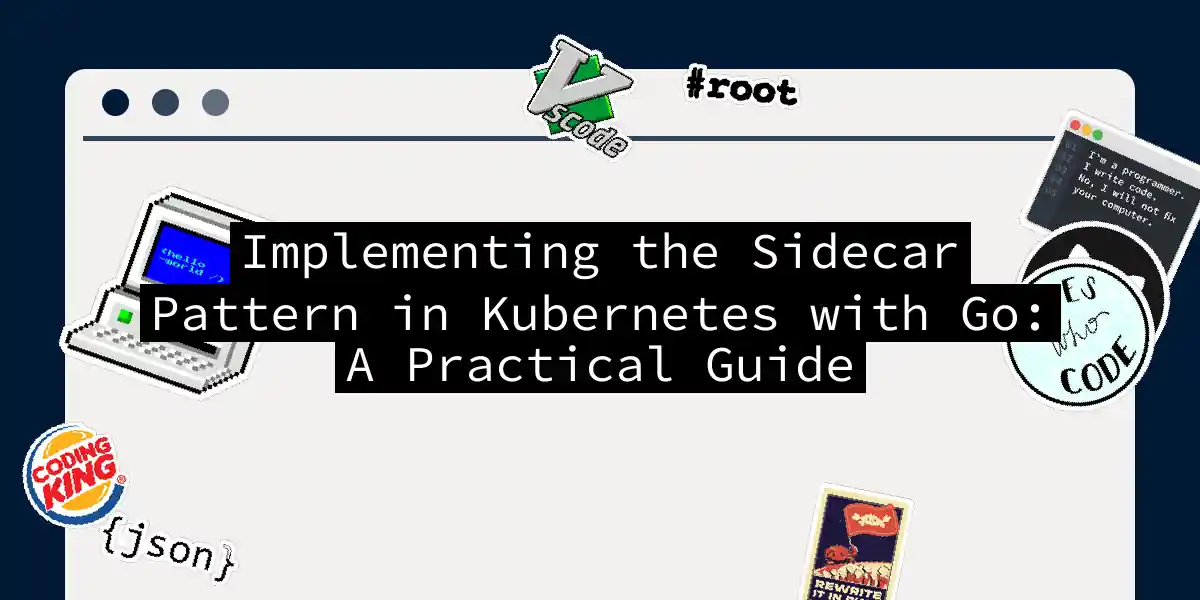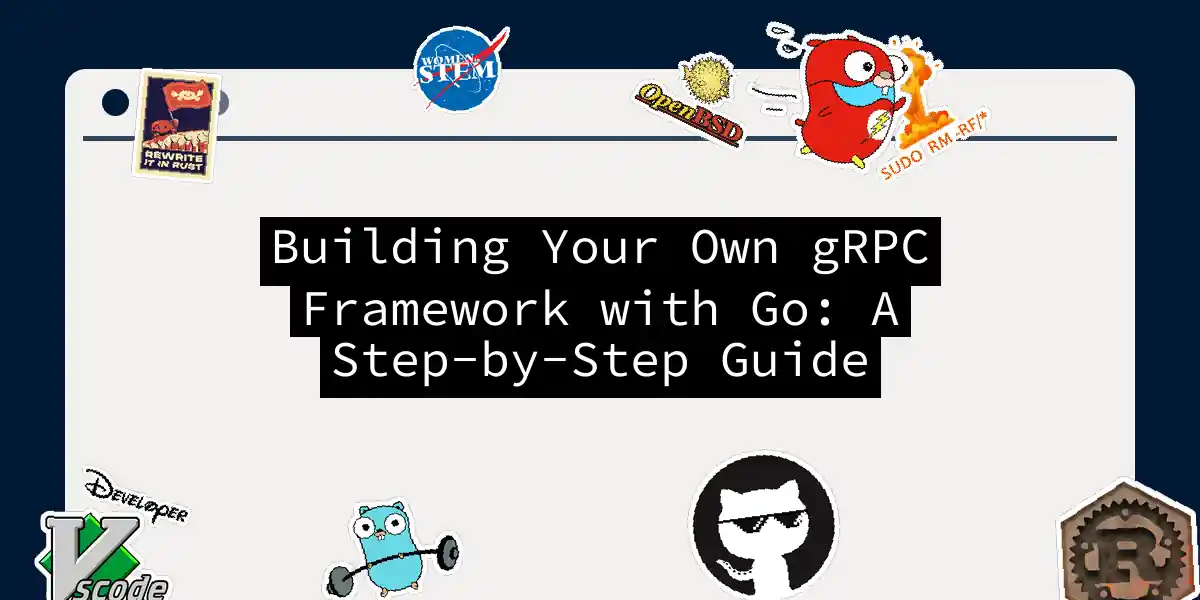
Implementing the Sidecar Pattern in Kubernetes with Go: A Practical Guide
Introduction to the Sidecar Pattern In the world of microservices and containerization, the sidecar pattern has emerged as a powerful tool for enhancing the functionality of your primary applications without altering them. This pattern is particularly useful in Kubernetes, where managing multiple containers within a single pod is a common practice. In this article, we will delve into the sidecar pattern, its benefits, and how to implement it using Go in a Kubernetes environment....



